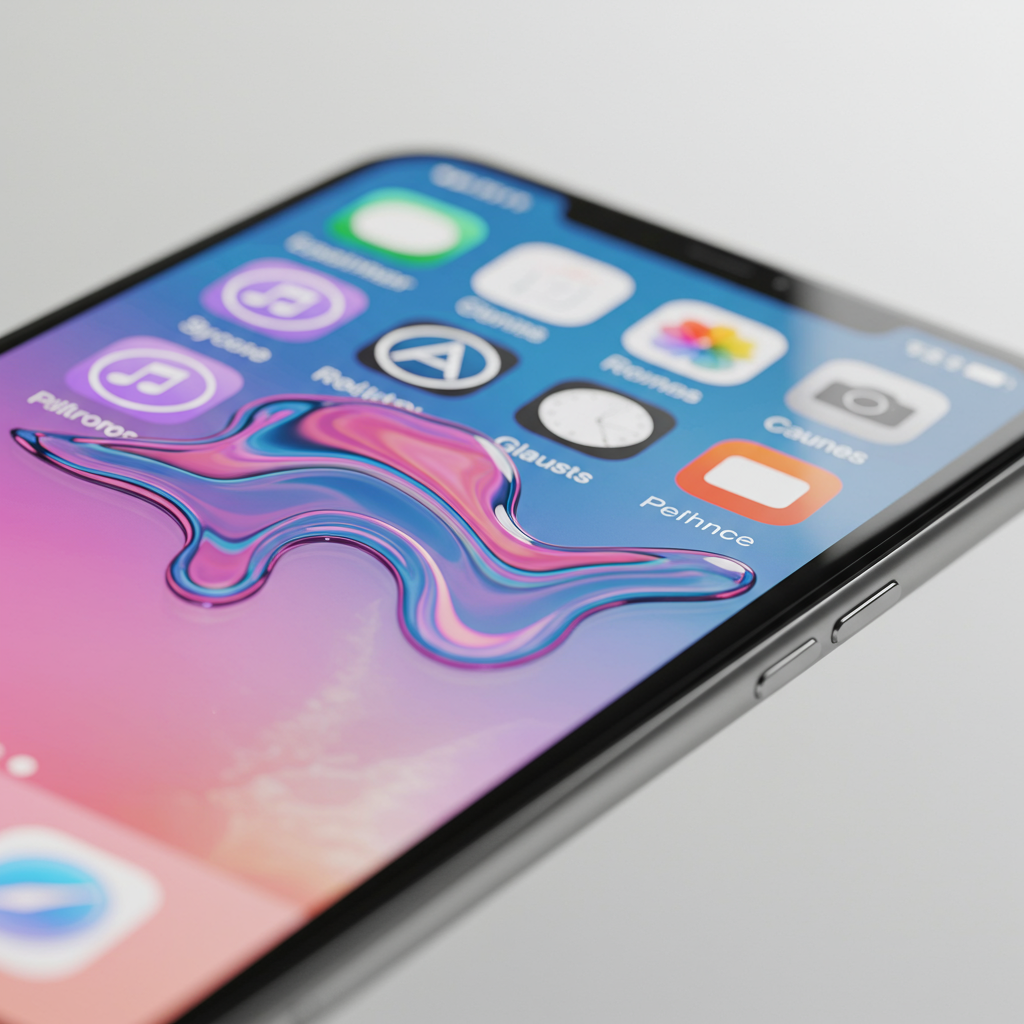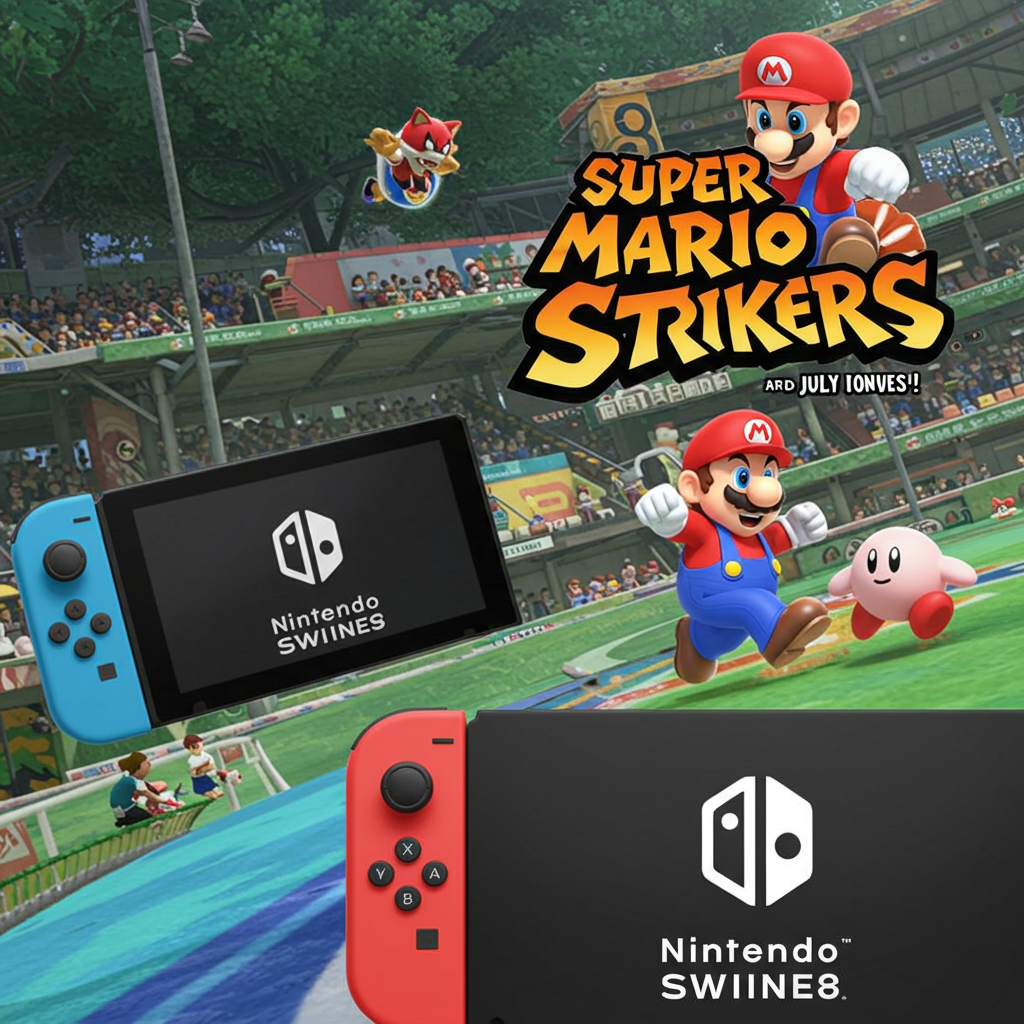Apple has officially pulled back the curtain on iOS 26, introducing a major visual overhaul dubbed ‘Liquid Glass’. This ambitious redesign is being positioned by Apple as a foundational shift, setting the stage for years of future software and hardware innovations. But for many, the stunning new look immediately begs the question: which iPhone will showcase it best?
While iOS 26 will bring its transformative design to compatible iPhones from the iPhone 11 onwards this fall (specifically expected around mid-September 2025), its aesthetic and philosophical goals seem particularly aligned with one device rumored to arrive alongside it: the ultra-thin iPhone 17 Air.
Understanding the Vision Behind iOS 26’s Liquid Glass
The “Liquid Glass” design language is a core component of iOS 26 (and its counterparts macOS 26, watchOS 26, etc., reflecting Apple’s new year-based naming convention). It represents the most significant visual update to iOS since 2013’s iOS 7, drawing inspiration from the spatial design elements seen in visionOS.
The design centers around transparent and translucent interface elements that aim to reflect and refract surroundings, bringing focus to content while adding a sense of vitality. Imagine controls, app icons, widgets, and even elements like the Control Center and folder backgrounds taking on a dynamic, glass-like appearance that subtly reacts to your device’s movement.
As designer Sebastiaan de With described in a concept anticipating this shift, the idea is philosophical: giving the interface a material quality that matches the physical device itself. With its glass screens, the iPhone’s interface is intended to feel as if the glass itself is coming alive – a seamless blending of hardware and software. Craig Federighi highlighted this as a “once-in-a-decade” kind of shift for Apple, promising a tighter union between the physical device and the digital experience than ever before.
The Dream of a Single Slab of Glass
This focus on the screen and its dynamic interface brings to mind Apple’s long-held design ideal, often associated with Jony Ive: the vision of the iPhone as a single, monolithic slab of glass, where the hardware recedes into the background and the focus is purely on the immersive display.
Subjectively, the relatively thicker, more substantial feel of current iPhone models doesn’t quite embody this dream as fully as it could. The hardware is still very present. Liquid Glass, with its emphasis on bringing the display to life, feels inherently suited for a device where the hardware is minimal, allowing the software to truly shine as the primary interface.
The Rumored iPhone 17 Air: A Hardware Counterpart?
Enter the highly anticipated, and widely rumored, iPhone 17 Air. Expected to debut alongside the rest of the iPhone 17 series in Fall 2025, this new model is speculated to potentially replace the current Plus variant in the lineup. Its defining characteristic? An unprecedented level of thinness for an iPhone.
Leaks and dummy units suggest the iPhone 17 Air could measure as little as 5.5mm or 5.65mm thick – dramatically thinner than the iPhone 16’s estimated 7.8mm depth, and possibly even thinner than some current iPad models. This focus on a radically sleek profile makes it the strongest contender yet to embody the “single slab of glass” ideal in a mainstream iPhone.
Beyond its thinness, the iPhone 17 Air is rumored to feature a 6.6 or 6.7-inch display, likely incorporating a smaller Dynamic Island thanks to new metalens technology expected across the iPhone 17 lineup. To achieve its svelte form factor, it may compromise on some features, potentially sporting a single 48MP rear main camera (though rumors vary on layout, some showing a distinct horizontal bar) and an upgraded 24MP front camera. Inside, it’s expected to house the A19 chip and potentially even a new Apple-designed C1 cellular modem. Battery capacity rumors are currently concerning, suggesting a smaller size to fit the thin frame, though Apple may leverage new battery tech or power efficiency improvements to mitigate this.
Why iOS 26 and iPhone 17 Air are a Compelling Pair
When you combine the philosophical intent and visual execution of iOS 26’s Liquid Glass with the rumored physical reality of the ultra-thin iPhone 17 Air, a powerful synergy emerges.
The Liquid Glass interface is designed to make the display the hero, making the glass itself feel like a dynamic, living surface. This vision seems perfectly tailored for a device like the iPhone 17 Air, where the hardware is engineered to be as minimal and unobtrusive as possible. The thinness allows the user’s focus to remain almost entirely on the vibrant, responsive display and the fluid interface layered upon it.
While Liquid Glass will undoubtedly enhance the experience on any compatible iPhone, it feels like the radical design of the iPhone 17 Air could be the perfect canvas, making the software’s dynamic translucency and seamless integration truly pop. This specific pairing offers a glimpse into Apple’s likely future design direction – one where hardware becomes increasingly invisible, and the software interface feels like a natural extension of the material itself. For those excited by this direction, the iPhone 17 Air, running the groundbreaking iOS 26, feels like a tangible taste of that future, available today.
Beyond the design, the iPhone 17 Air will also benefit from all the other advancements packed into iOS 26, including enhanced Apple Intelligence features like Live Translation and improved Visual Intelligence, redesigned core apps, the new Apple Games app, potential battery optimizations, and more. This combination of cutting-edge software and potentially revolutionary hardware design makes the prospect of the iPhone 17 Air more appealing than ever.
Do you think the combination of iOS 26’s Liquid Glass design and the rumored thinness of the iPhone 17 Air creates an exciting prospect? Let us know your thoughts in the comments below!




